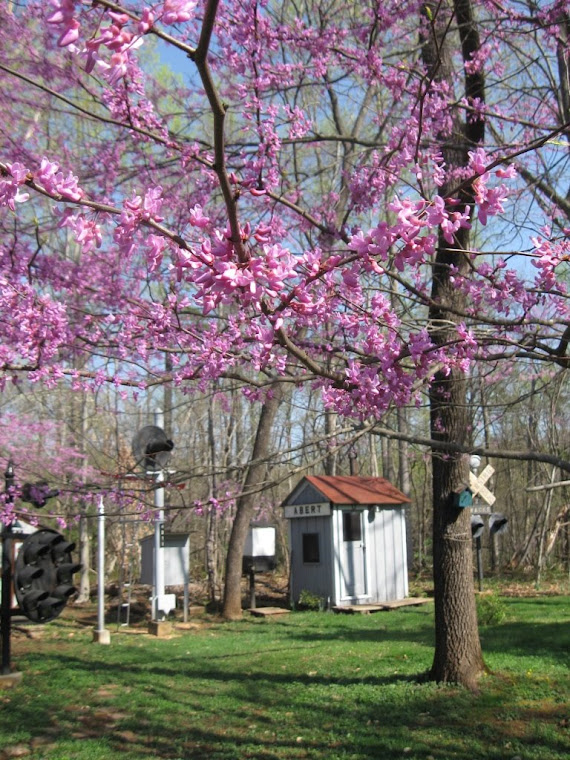
Virginian had signs informing speed restrictions at many locations, but most were found at tight curves. These orange/yellow signs saying a speed limit were placed 200 yards in advance of the restricted speed area where another sign with the actual "SLOW" sign was placed. On the far side of the restricted speed area, another sign was placed, green sign with white lettering, "RESUME SPEED." This side of the speed limit sign is restored while the reverse side is left untouched and the lettering is in very poor condition. Rather than destroy what little remained on both sides of the sign, I chose to restore one side.















































